The end of the school year is approaching fast. For many teachers, there’s only a few weeks separating them from a ten-week summer vacation. The kids are antsy too, and you’re just about ready to say your goodbyes. So how do you engage your students right before the bell announces that it’s summer vacation?
Classroom vs. Makerspace
The maker movement is in full swing, and both schools and libraries have caught the maker bug. A makerspace is a collaborative space where students have the freedom to design, innovate, and solve problems. The beauty of a makerspace is the autonomy given to students to drive their own learning, pose questions, and find solutions to real-world problems. Luckily for teachers with space concerns, any classroom can easily be converted into a design space.
A successful makerspace needs tools, materials, and facilitation. To simply integrate makerspace practice into short lessons, use what is readily available in your school. Tools can be as simple as scissors or as complex as 3D printers. At the end of the school year, you may find that the art room has excess paper, or the cafeteria can spare some cups for design. Work with other teachers in your school to take inventory of what’s available. Write short prompts that guide students to solve a problem using these materials. (e.g. can you make a bridge that can hold a stack of pencils?). If you have support outside of your classroom, turn a common space like the gym into a communal makerspace for the day.
Revisit an Old Topic
Whether you’ve spent a day, a week, or a month on a topic during the school year, it seems like there’s never enough time to teach students everything you want them to know. Perhaps there was a topic that the students really enjoyed, but there wasn’t enough time to explore it to its full potential. The end of the school year is the perfect time to revisit that topic in a new way. Did students like learning about simple machines? Challenge them to lift an object with a Rube Goldberg machine created from cardboard. Were students excited about moon phases? Have them reconstruct them all with Oreos. Students who can apply the material they’ve learned in a new setting have a better understanding going into the next academic year.
Relate STEM to Summer
By this point in the school year, students’ heads are bursting with their summer plans. Some students are looking forward to beach vacations while others can’t wait to go back to camp. The beauty of STEM is that it can be found anywhere! Take these last few days with your students to engage in activities related to the fun settings they may encounter over break. There are many short water experiments that explore topics from surface tension, density, conductivity, and more. How many drops of water can a penny hold? Does a ball float better in salt water or fresh water? How can you integrate water into Snap Circuits to light a bulb? Students will be engaged in these discoveries and are bound to remember the results as they stroll the beach in the weeks to come.
Use the Excitement to your Advantage!
Classroom management seems to get harder the closer that summer approaches. Capitalize on all the excitement to solidify the material students learned throughout the year and to prepare them for next year. When students see how fun these topics can be, they may even try these activities home over the summer – and you won’t have to clean up the mess!

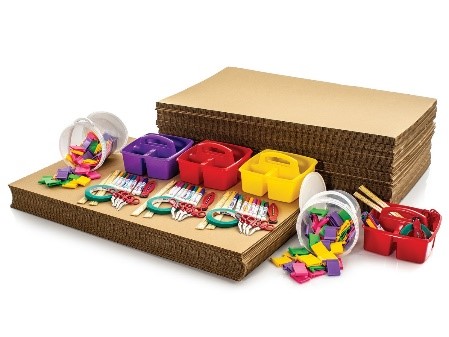
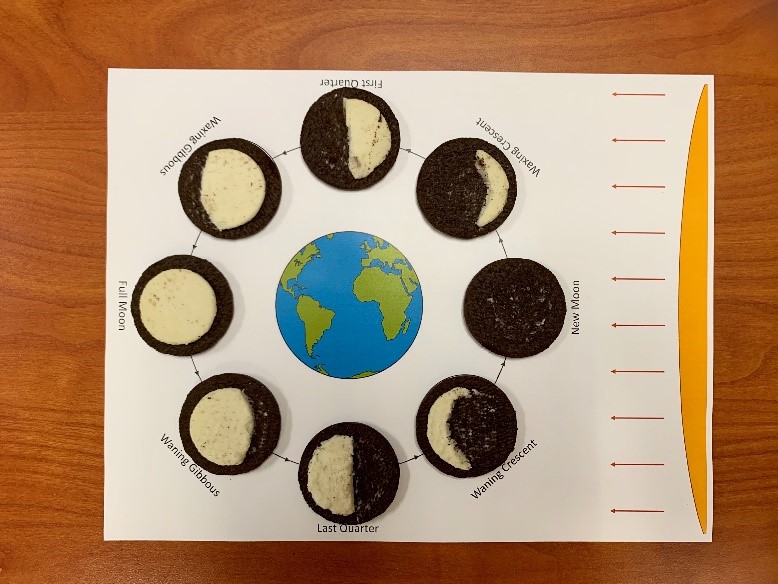
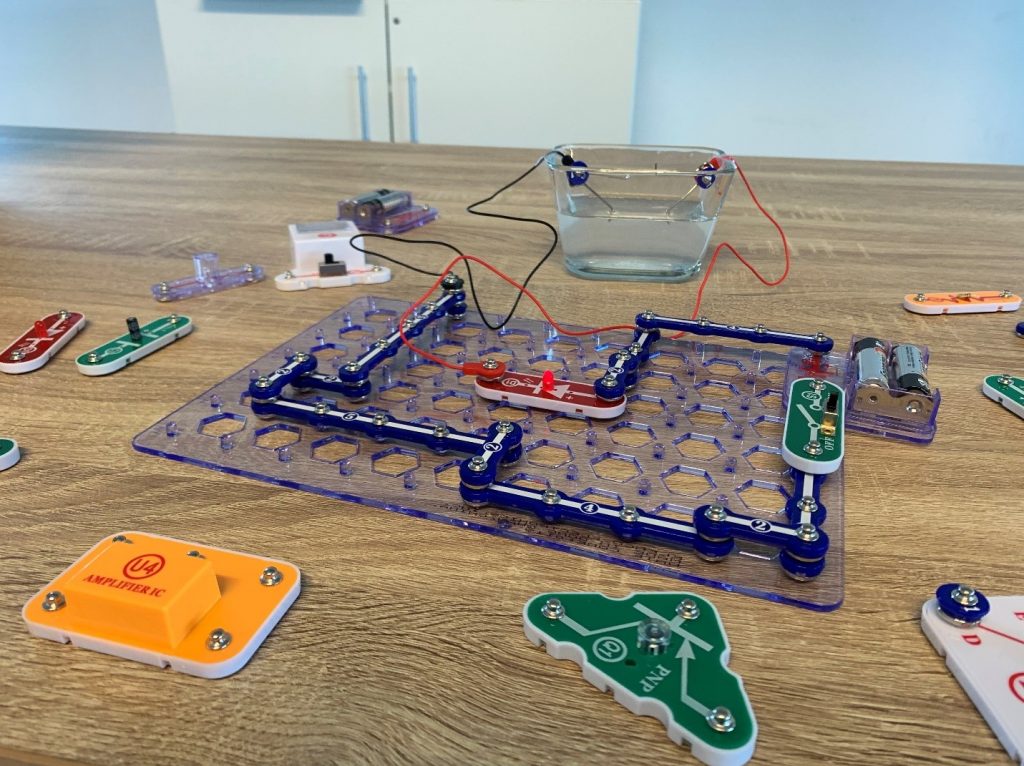
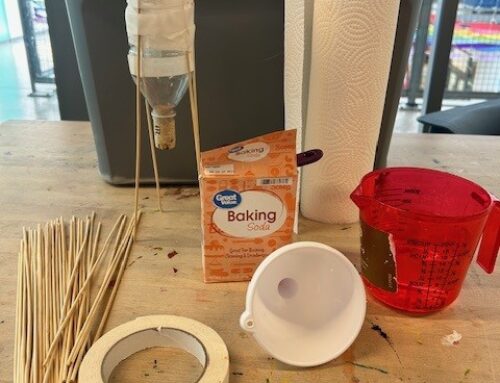

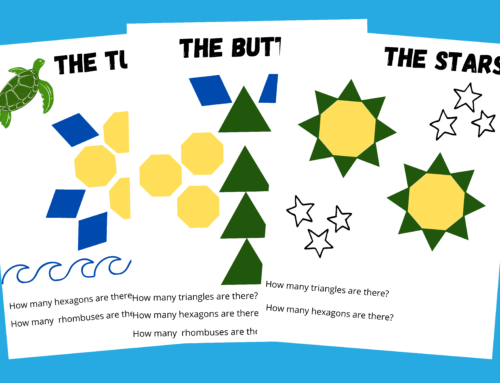

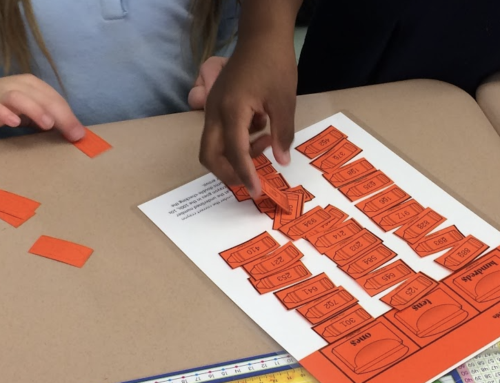

Leave A Comment